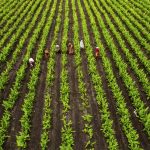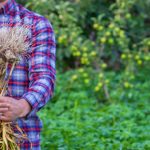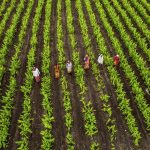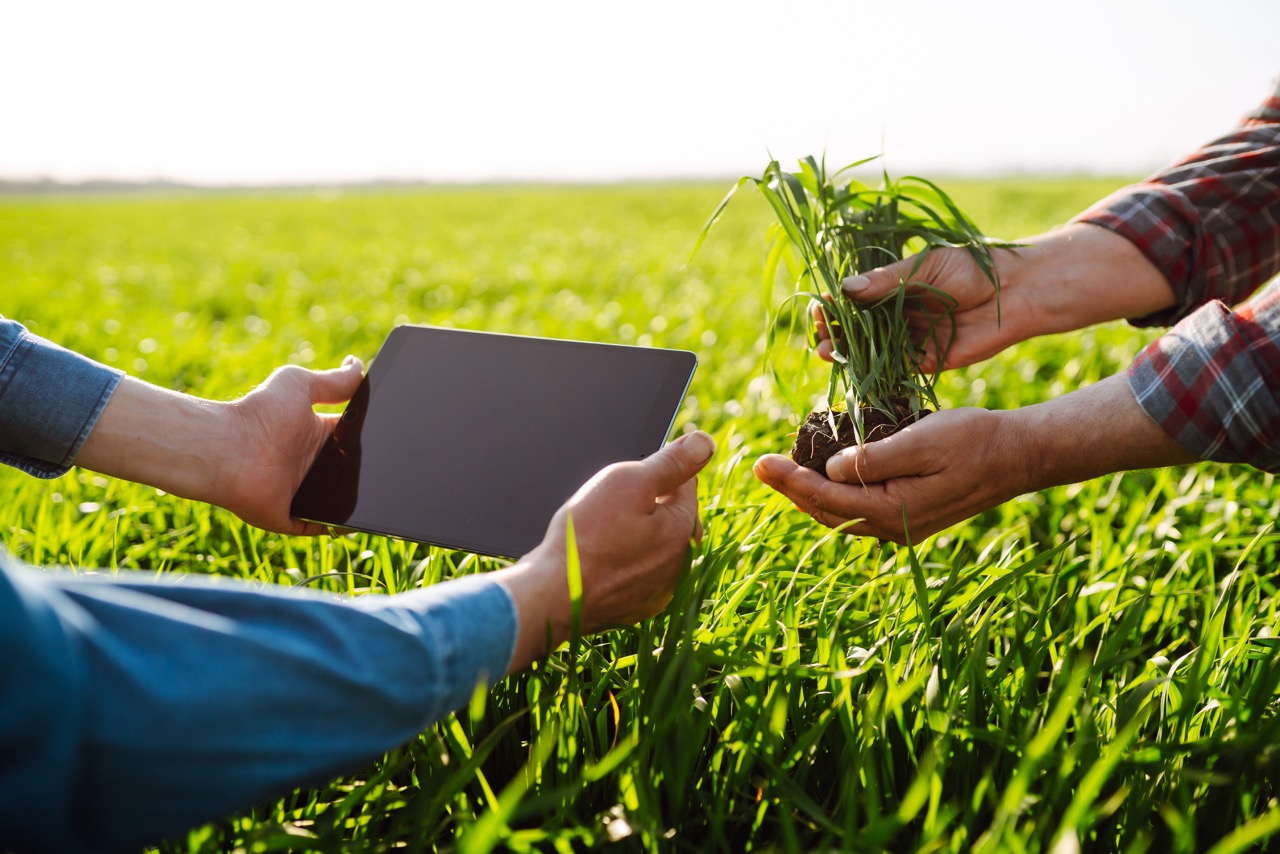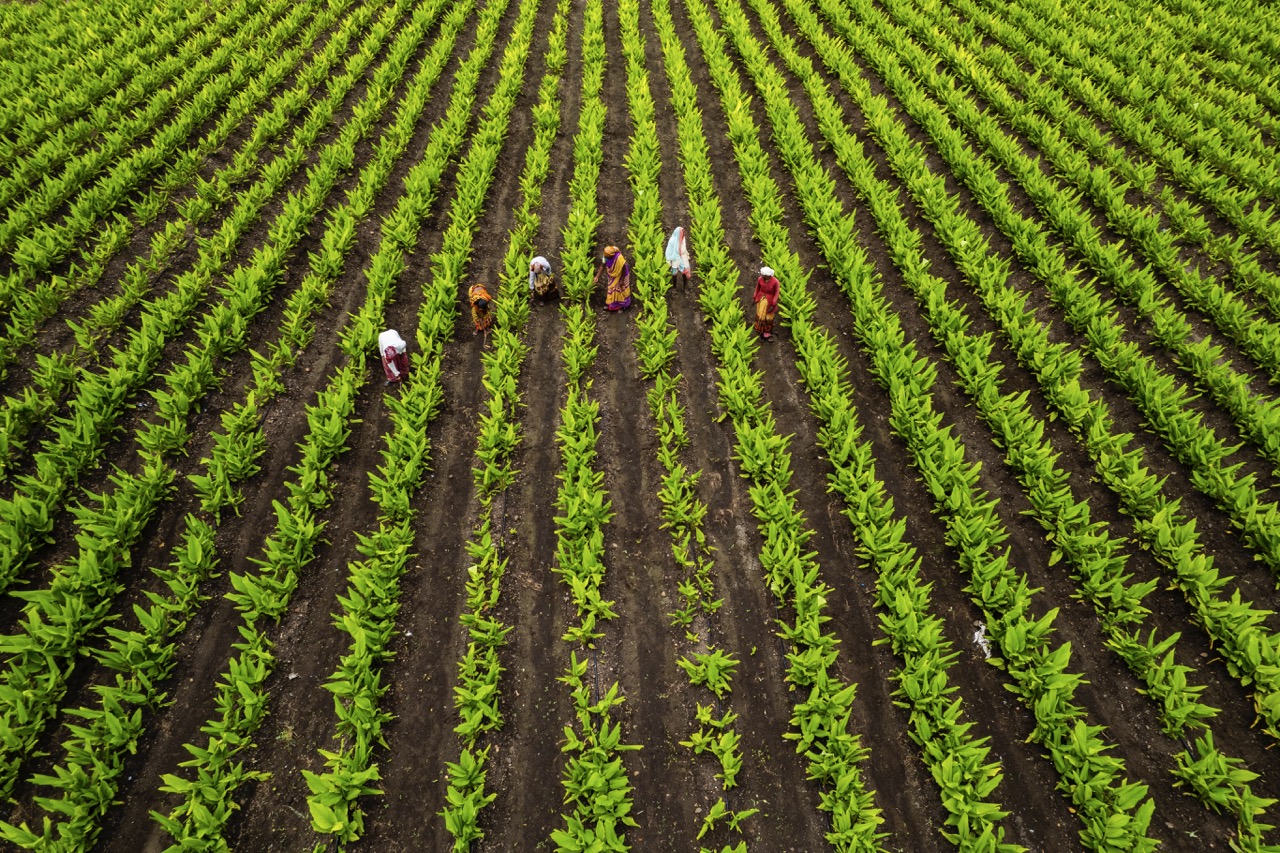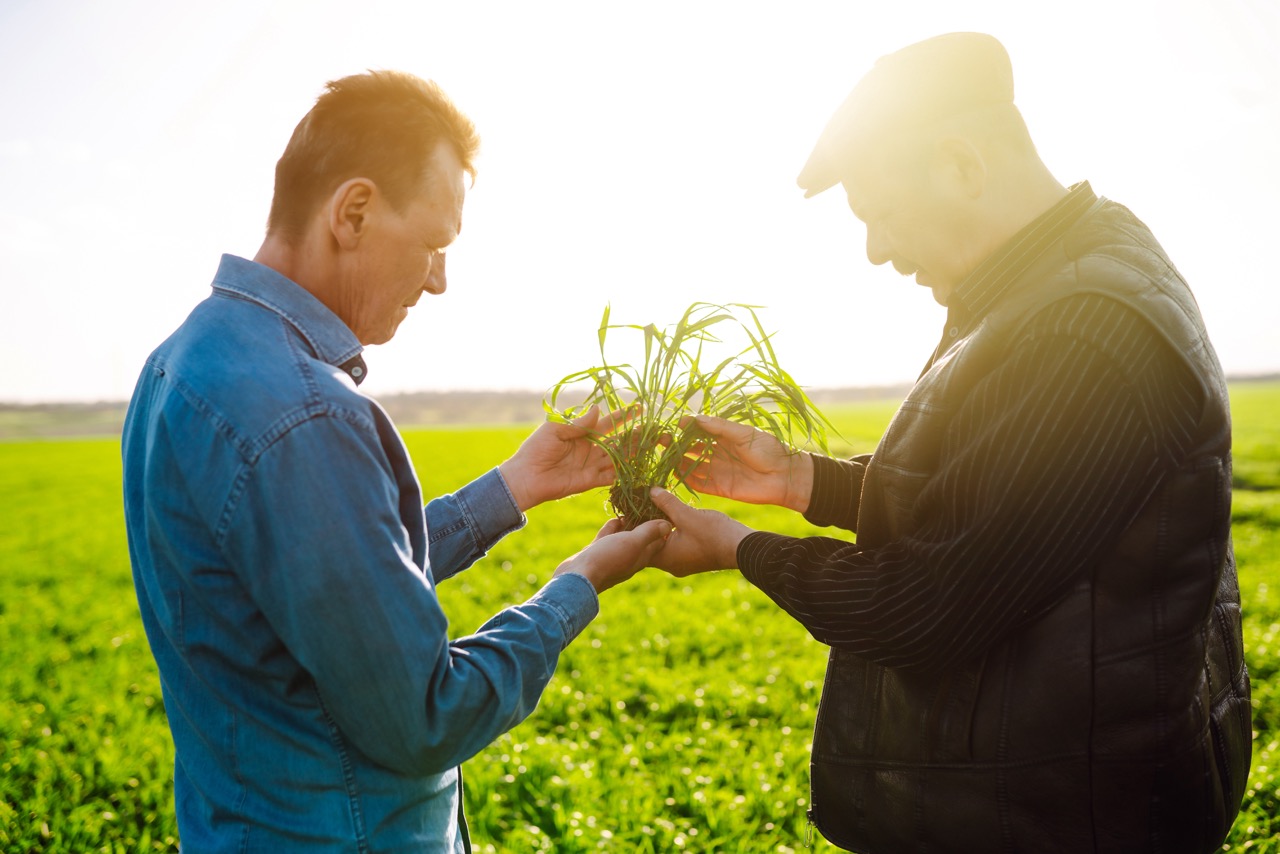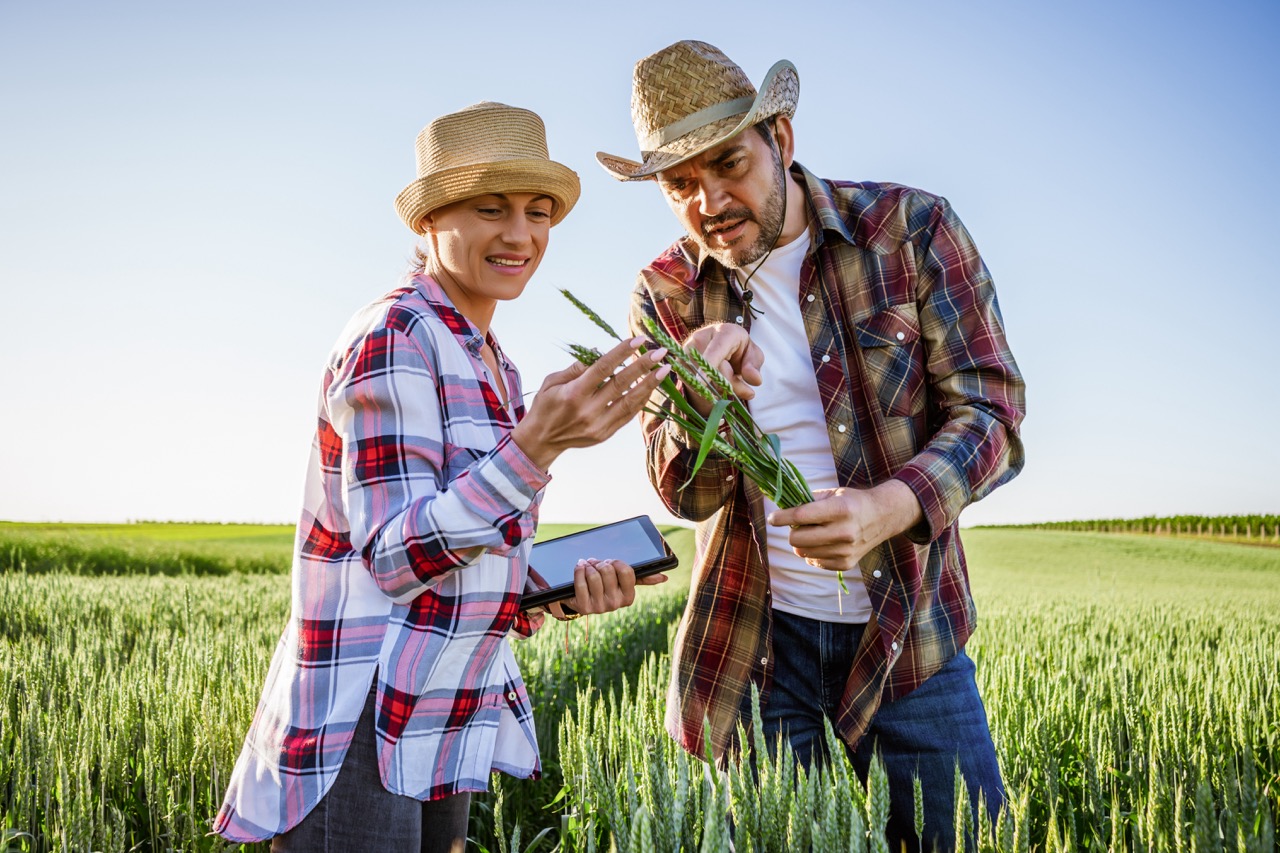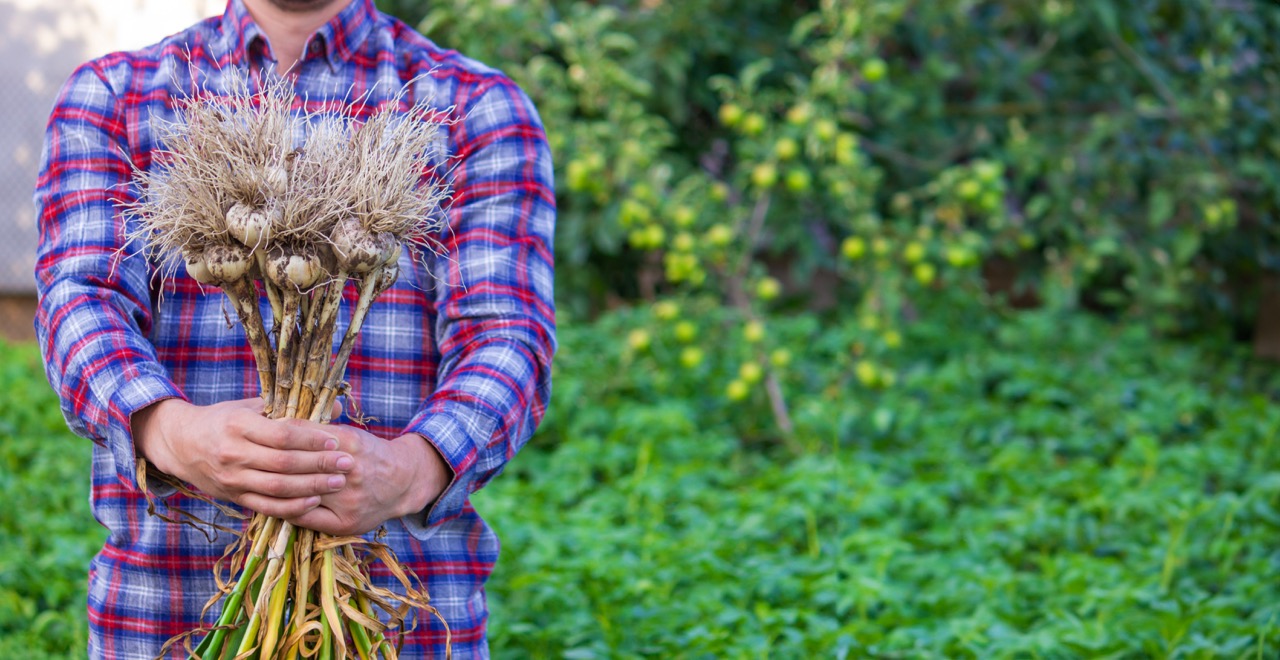As the global population continues to grow and climate change threatens agricultural systems, there is an urgent demand for sustainable practices in crop protection. Sustainable crop protection refers to strategies that safeguard crops from pests and diseases while minimizing environmental impact, promoting biodiversity, and ensuring food security. This article delves into the fundamentals of sustainable crop protection, its benefits, the innovative technologies driving progress, and the challenges faced by agricultural stakeholders in its implementation.
Understanding the Basics of Sustainable Crop Protection Practices
Sustainable crop protection practices encompass a variety of techniques designed to manage pests, diseases, and weeds while minimizing reliance on synthetic chemicals. The core principle is to enhance resilience through ecological balance, integrating practices such as crop rotation, intercropping, and the use of resistant crop varieties. These methods are based on deepening the understanding of agroecosystems and aiming to manage pest populations through natural predation and competition.
A fundamental aspect of sustainable crop protection is Integrated Pest Management (IPM), which combines biological, cultural, physical, and chemical tools tailored to the specific context of a farm. IPM emphasizes monitoring and understanding pest life cycles, enabling farmers to make informed decisions about when and how to intervene. By using a combination of strategies, farmers can reduce pest populations effectively without compromising the health of the environment or human health.
Additionally, organic farming practices have gained traction in sustainable crop protection. These practices prohibit the use of synthetic pesticides and fertilizers, focusing instead on natural alternatives. While organic farming may not be feasible in all situations, its principles encourage a holistic approach to agriculture that prioritizes soil health, water conservation, and biodiversity. This shift toward sustainable practices is crucial, as the agricultural sector grapples with the challenges posed by climate change and resource depletion.
Key Benefits of Implementing Sustainable Techniques in Agriculture
The implementation of sustainable crop protection techniques offers numerous benefits, beginning with enhanced biodiversity. By utilizing natural pest control methods, such as beneficial insects, farmers can create a balanced ecosystem that supports a wide range of species. Increased biodiversity not only helps manage pest populations but also contributes to resilience against climate fluctuations and other environmental stresses.
Another significant advantage is the reduction of chemical inputs, leading to improved soil and water quality. Sustainable practices often involve minimizing the use of synthetic pesticides and fertilizers, which can have detrimental effects on soil health and aquatic ecosystems. By reducing chemical runoff and enhancing soil structure through organic amendments, sustainable crop protection can promote a healthier, more productive agricultural landscape.
Moreover, sustainable crop protection techniques can improve the economic viability of farming operations. While the initial investment in sustainable practices may be higher, the long-term savings from reduced chemical purchases, lower health risks, and improved ecosystem services can outweigh these costs. Additionally, as consumer demand for sustainably produced food grows, farmers implementing these techniques can benefit from premium pricing and improved market access.
Innovative Technologies Shaping the Future of Crop Protection
The future of sustainable crop protection is increasingly intertwined with technological advancements. Precision agriculture technologies, such as drones and satellite imagery, allow farmers to monitor crop health and pest populations more accurately. These tools enable targeted interventions, reducing the need for blanket pesticide applications and ensuring that interventions are both timely and effective.
Biotechnology is also playing a pivotal role in sustainable crop protection. Genetic modification and gene editing techniques, such as CRISPR, allow for the development of crop varieties that are resistant to specific pests and diseases. These innovations can significantly reduce reliance on chemical pesticides, thus minimizing environmental impact while increasing crop yields and food security.
Furthermore, the integration of artificial intelligence and big data analytics into farming practices can revolutionize decision-making in crop protection. By analyzing vast amounts of data related to weather patterns, soil conditions, and pest cycles, AI can provide farmers with actionable insights for optimizing their pest management strategies. This data-driven approach not only enhances efficiency but also promotes sustainable practices through informed decision-making.
Challenges and Solutions in Adopting Sustainable Methods
Despite the clear benefits of sustainable crop protection, several challenges impede its widespread adoption. One significant hurdle is the initial cost associated with transitioning to sustainable practices. Farmers may face financial constraints that make it difficult to invest in the technologies and training necessary to implement sustainable methods effectively. Government support programs and grants can help alleviate these costs, enabling more farmers to adopt sustainable practices.
Another challenge is the lack of knowledge and education regarding sustainable techniques. Many farmers may not be familiar with the principles of integrated pest management or bio-based alternatives to chemical pesticides. Therefore, comprehensive training programs, extension services, and workshops are essential to equip farmers with the knowledge and skills needed to implement sustainable crop protection strategies successfully.
Finally, regulatory hurdles can also stifle the adoption of innovative technologies in crop protection. Regulatory frameworks may not keep pace with the rapid evolution of agricultural technology, creating delays and uncertainties for farmers looking to employ new methods. Collaboration between agricultural stakeholders, policymakers, and researchers is crucial to develop adaptive regulatory frameworks that encourage innovation while ensuring safety and environmental protection.
Sustainable crop protection is not merely a trend but a necessity for the future of agriculture. As the sector faces increasing pressures from climate change, population growth, and environmental degradation, the integration of sustainable practices becomes paramount. By understanding the fundamentals, recognizing the benefits, embracing innovative technologies, and addressing the challenges, farmers and agricultural stakeholders can collectively contribute to a more sustainable and resilient food system. The path forward is paved with opportunities for those willing to invest in a sustainable agricultural future.
